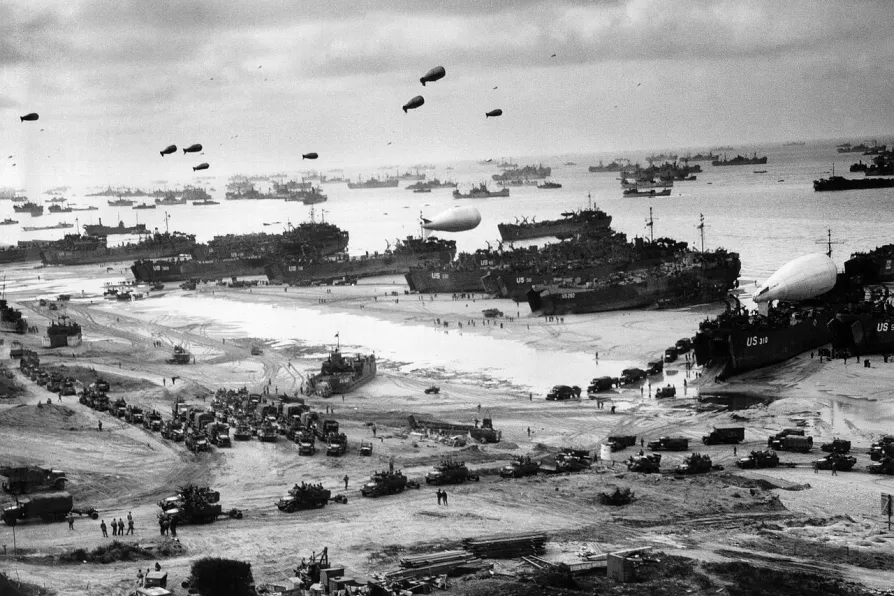A vast US war fleet deployed in the south Caribbean — ostensibly to fight drug-trafficking but widely seen as a push for violent regime change — has sparked international condemnation and bipartisan resistance in the US itself. FRANCISCO DOMINGUEZ reports

 Supply landings at Omaha Beach, mid-June 1944
Supply landings at Omaha Beach, mid-June 1944
AT FIRST glance, the picturesque French coastal town of Arromanches in Normandy is a quiet, peaceful place; yet it holds a remarkable history.
Above its beaches where children play happily building sandcastles in the summer breeze, the coastal clifftops are profoundly indented with shell-battered bunkers, the concrete and steel remnants bearing the scars of a most epic 20th-century event — D-Day, June 6 1944.
As world leaders meet for the 75th anniversary commemorations, French families will warmly fete elderly British veterans gathering at their inns, recalling the town’s longest day.

WILL DRY speaks to three former members of the armed forces about the political hypocrisy surrounding Armistice Day, how war is a function of class society, and the far right’s use of militarism and nationalism to divide working people













